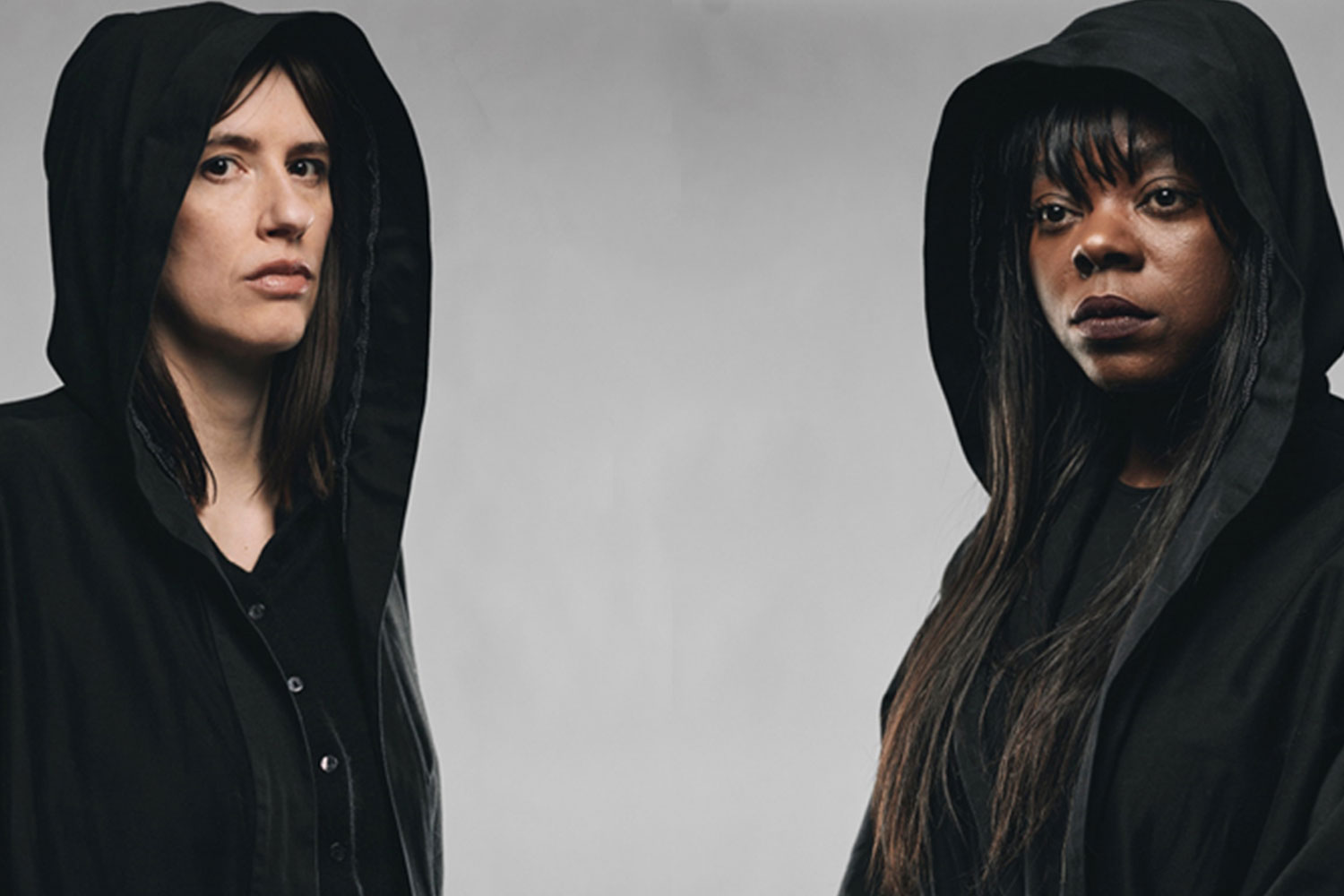Attempts on Her Life (NT)
Martin Crimp’s Attempts on her Life is no less intriguing than it was ten years ago at the Royal Court. But Katie Mitchell’s revival in the NT Lyttelton elevates it into something else: a brilliant, updated (with instant video replay, projections, microphones and music) application of Brecht’s alienation effect in considering the slippery identity of an all-purpose 1990s woman.
Over seventeen sharp and information-packed scenes enacted by a cast of eleven wearing black, we learn that Anne is a suicidal artist, a porn star, an urban terrorist (more Bader Meinhof than religious fanatic), a girl next door who went off with a married man, a charity worker, a grieving mother carrying the limbs of her children in a bag, and a symbolic object of consumerist desire, a sleek and sexy sports car.
The title implies both the impossibility of pinning anyone down and the various strategies of the subject designed to finish things off. As in Mark Ravenhill’s recent pool (no water), a tragic life becomes an art object, rather in the manner of Cindy Sherman’s, or even Tracey Emin’s, and a clique of critics – including hilarious send-ups of Germaine Greer and Tom Paulin – sit around picking over the bones in a television studio. She doesn’t need art school, she needs psychiatric help, says one of the Late Review sages, creepily echoing one theatre critic’s reaction to a Sarah Kane shocker before the playwright’s death.
The most striking aspect of the production – which, to be strictly accurate, is “directed by Katie Mitchell and the Company” – is its non-stop technical activity, a continuation of Mitchell’s Wooster Group-inspired NT work on The Seagull and Waves. The cast – which includes Sandra Voe from the original – assembles in a straight, rippling line before embarking on a non-stop dash between musical instruments and video and sound equipment. A large screen selects scenes and images from the scramble onstage below, and actors are seen from a constant variety of angles, as is Anne’s biography.
The fragmented nature of the show does not, paradoxically, militate against the actors making an impression. Apart from his definitive Judas Iscariot in Jesus Christ Superstar, I had no idea that Zubin Varla was such an accomplished musician. He plays Bach, Beethoven, Purcell (“Dido’s Lament”) and leads a tremendous company performance of an indie-style pop song (“She’s a terrorist threat, she’s a mother of three, she’s a cheap cigarette, she is Ecstasy”).
Other stand-out contributions come from the delightful Claudie Blakley, Dina Korzun (a Russian actress lending supermodel glamour to the car speech), Liz Kettle, Kate Duchene, Paul Ready and Jonah Russell. But this is above all an ensemble achievement of a kind you rarely see anywhere, let alone at the National. Mitchell is abetted, as usual, by her design team of Vicki Mortimer and Paule Constable (lighting).
The video designs of Leo Warner are as crucial to the impact of what has clearly become a classic of contemporary theatre as are the music and sound of Paul Clark and Gareth Fry. You might not, I suppose, love the show all that much. But you will see nothing else like it all year.
– Michael Coveney










